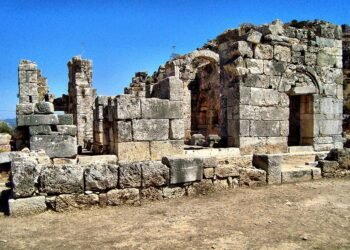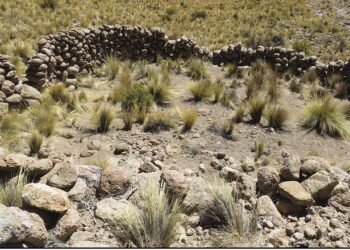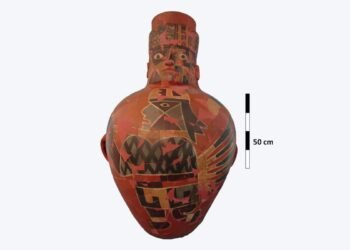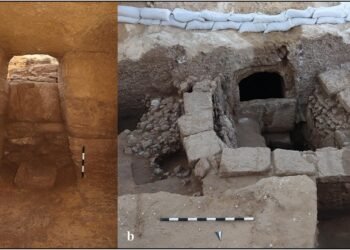Archaeologists in northern Iraq discovered rock carvings that are about 2,700 years old, BBC News reported.

They were discovered in Mosul by a joint US-Iraqi excavation team working to reconstruct the ancient Mashki Gate, which was destroyed in 2016 by ISIS fighters.
Iraq is home to some of the world’s oldest cities and civilizations, including Babylonian, Sumerian, and Assyrian. However, during the years of turmoil, many archaeological sites have been looted and damaged by militants and military action.
The eight marble reliefs depict finely carved war scenes, grape vines, and palm trees.
The Assyrian King Sennacherib reigned from 705 to 681 BCE, the Iraqi State Board of Antiquities and Heritage said, in a statement. Around 700 BCE, the Assyrian king established Nineveh as his capital and built the Mishke Gate, which means “God’s Gate,” to guard its entrance.
“We believe that these carvings were moved from Sennacherib’s palace and reused by the king’s grandson to renovate Mashki’s gate and enlarge the guard room,” Fadel Mohammed Khodr, head of the Iraqi archaeological team, told Al Jazeera.
The Mashki Gate was one of Nineveh’s largest, and it served as a symbol of the city’s size and power. The gate was reconstructed in the 1970s, but IS militants destroyed it with a bulldozer in 2016.
Because much of the gate was buried underground due to the way it was oriented during its original construction, archaeologists could salvage were under the soil.
Mr Khodr noted that when the marble slabs were positioned at the gate, they were partly buried. The underground sections have been preserved and bear the carvings seen today; whatever was above ground has been wiped smooth over the centuries.
The excavation team, which comprises experts from Iraq’s Mosul University and the University of Pennsylvania in the United States, is working to restore the Mashki Gate site to its pre-IS condition.
However, it is not only militants, vandals, and smugglers who have damaged archaeological sites in Iraq.
After the US invaded Iraq in 2003, US troops and their allies damaged the ruins of Babylon by using the fragile site as an army camp.
According to a 2009 Unesco report, troops and their contractors “caused major damage to the city by digging, cutting, scraping, and levelling”.






















